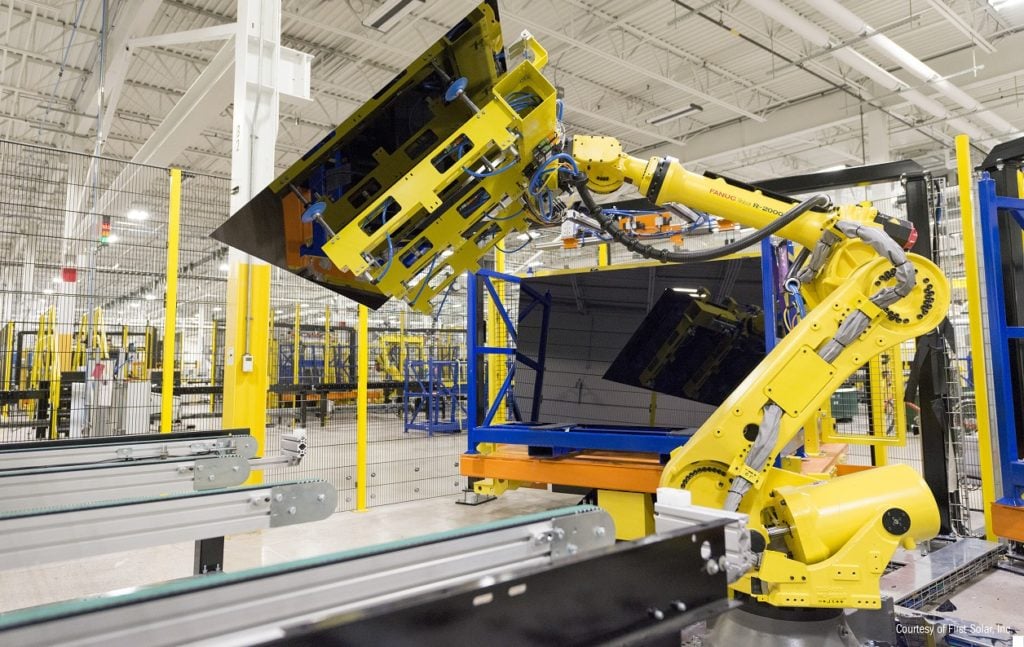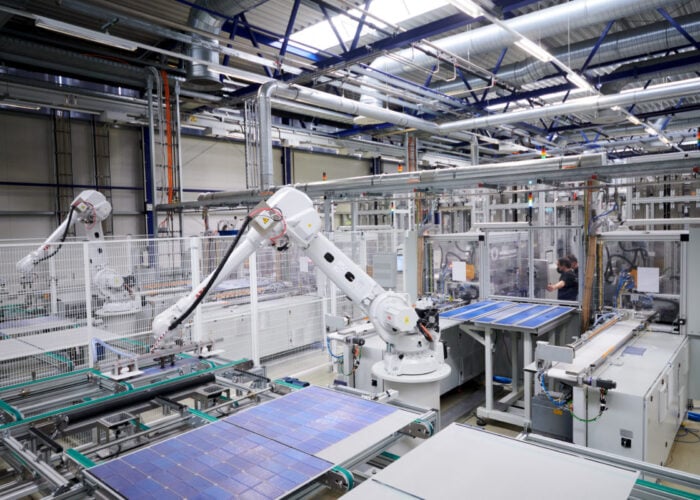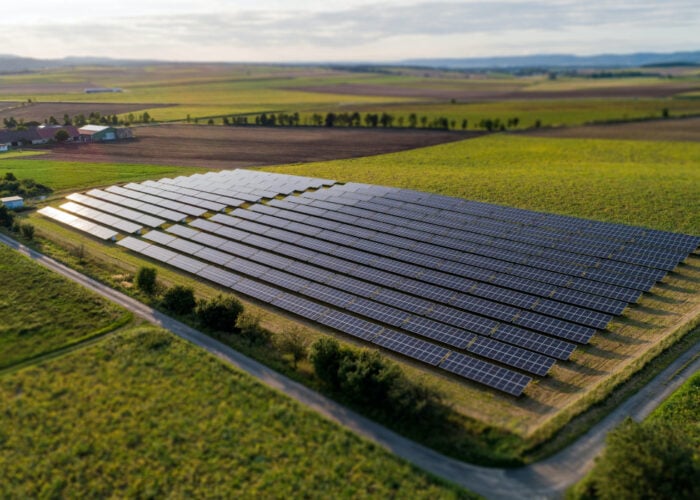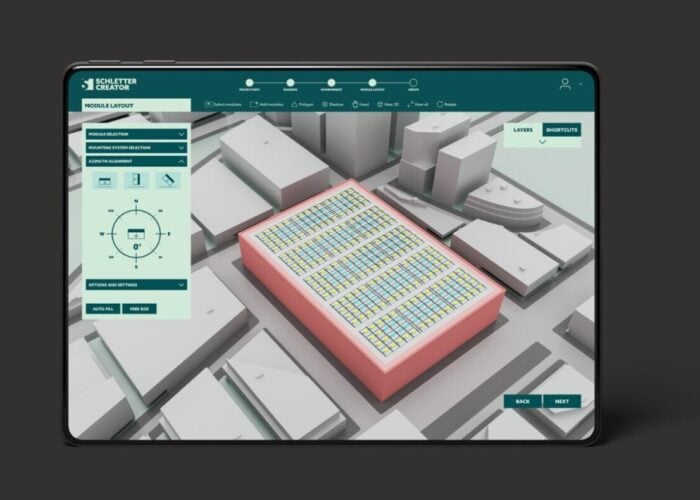
US cadmium telluride (CdTe) thin-film module manufacturer First Solar has unveiled its intention to build a fifth US manufacturing facility, adding 3.5GW annual capacity in 2026.
The Arizona-based company will invest US$1.1 billion in the new Series 7 module production facility, which will be 100% compliant of the current guidance issued by the US Department of Treasury, said Mark Widmar, CEO of First Solar, during the earnings call for Q2 2023. With the fifth facility in the US, First Solar expects to have 14GW of annual module production capacity in the US and 25GW globally in 2026.
Unlock unlimited access for 12 whole months of distinctive global analysis
Photovoltaics International is now included.
- Regular insight and analysis of the industry’s biggest developments
- In-depth interviews with the industry’s leading figures
- Unlimited digital access to the PV Tech Power journal catalogue
- Unlimited digital access to the Photovoltaics International journal catalogue
- Access to more than 1,000 technical papers
- Discounts on Solar Media’s portfolio of events, in-person and virtual
Or continue reading this article for free
Once the new facility is completed and ramped up – which is expected to be commissioned in H1 2026 – the Series 7 modules will account for more than two thirds of the company’s annual US capacity.
Location of the fifth facility is still being evaluated, said Widmar, with a decision to be revealed “shortly”.
Aside from this new facility in the US, the company also expanded its outreach with the acquisition of Swedish perovskite and thin-film company Evolar during Q2 2023. This acquisition will increase the company’s research and development (R&D) capacity with a facility in Europe, on top of the R&D facility it is building in Ohio, along with a module facility, with an investment of US$270 million, which is expected to be operational in 2024.
Regarding the possibility of Evolar producing a tandem cell, Widmar said: “We think that there’s a potential for a tandem technology, thin film-thin film that can get to market sooner than maybe perovskites can at this point in time. And there would be a CadTel top cell, with CIGS bottom cell.
“And if we were able to do something like that, then that would clearly give you a higher-efficiency product that could expand our addressable market. And that’s largely why we’re investing in the technology the way we are.”
However, Widmar added that it was still too early to determine when that could get released in the market.
During the earnings call, Widmar mentioned the company’s intention to submit a non-binding expression of interest to Germany’s call seeking 10GW of solar manufacturing.
“However, we continue to hold the position that manufacturing CapEx incentives alone are not an adequately sustainable solution with Europe’s challenges. If mechanisms are not put in place for domestic manufacturers to have a sustained level playing field for their capital investments, Europe will find it challenging to achieve what the US and India have been able to do in a relatively short period of time,” added Widmar.
“This decision is underpinned by robust fundamentals, including an order backlog of approximately 78 gigawatts, the industry’s strongest balance sheet, a repeatable vertically integrated manufacturing template, and a proven technology platform,” said Widmar.
Announced ahead of the CdTe module manufacturer’s second quarter results, the new facility will increase its annual capacity which reached a new quarter high with a production of 2.8GW in Q2 2023, of which 425MW from its large-area Series 7. This makes the fifth quarter in a row that First Solar increased its production capacity, and has now produced more than 5GW during the first half of 2023, with 2.5GW during Q1 2023.
Greater module sale volume in Q2 2023
Since its previous earning call it secured 8.9GW of module bookings, several of them announced in the past few days such as a 2.1GW supply agreement with Spanish developer Matrix Renewables or US utility Tennessee Valley Authority for a 279MW solar PV project in Alabama. Other notable agreements penned earlier this month are a 5GW module supply deal with solar developer Energix Renewables and a 1GW supply agreement with Canadian-headquartered independent power producer Capital Power.
With all these new agreements, First Solar’s total backlog raised to 78.3GW through 2030, while year-to-date bookings reached 21.1GW. For the first half of the year, however, bookings sat at 13.6GW, thus 7.5GW were made in the current quarter (Q3 2023).
After a net sales decrease in the starting quarter of the year, First Solar registered US$810.7 million in net sales for Q2 2023, improving both quarterly and yearly previous figures by 48% and 31%, respectively. The US$262 million increase from the prior quarter was due to an increase in modules sold in Q2 2023 – 2.7GW versus 1.9GW in Q1 2023 – including its Series 7 and a better average selling price (ASP) for its modules.
Guidance for 2023 remains unchanged with a target of modules sold between 11.8-12.3GW and net sales of US$3.4 billion to US$3.6 billion.
Analyst commentary from Seeking Alpha.






